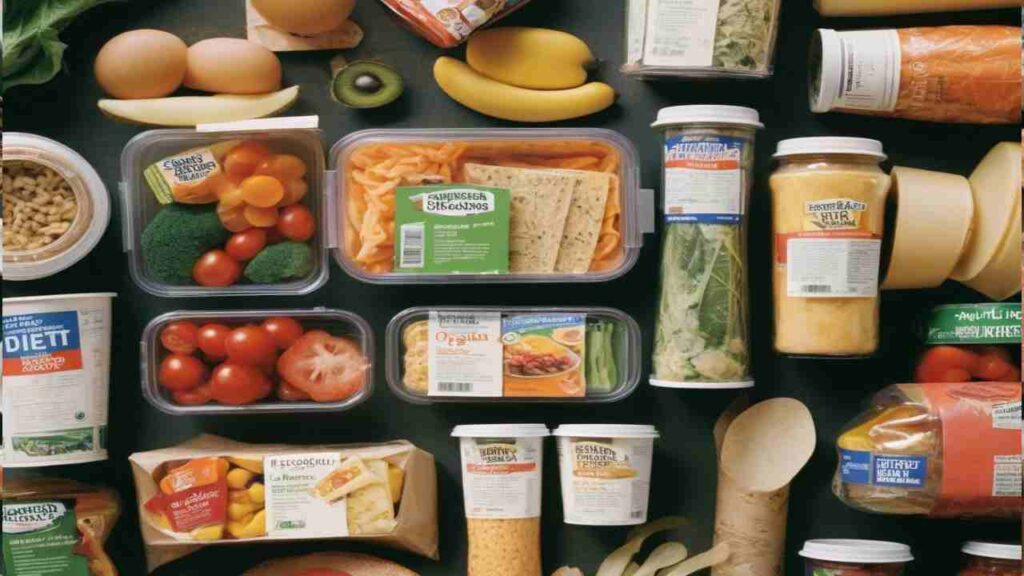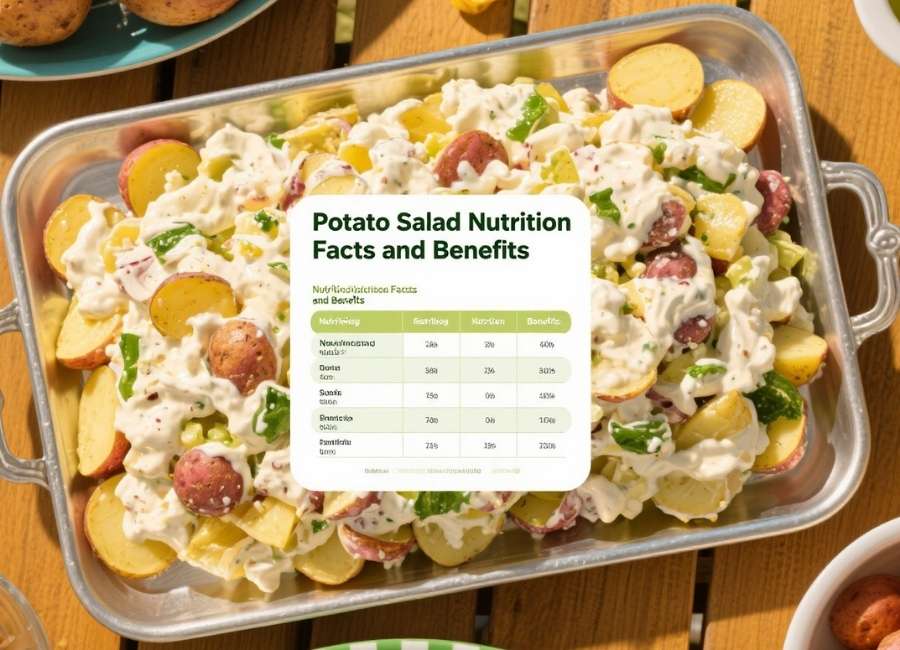When making food choices, the debate between convenience diet food and organic food often takes center stage. The decision can be challenging for health-conscious foodies, busy professionals, and Weight Watchers. Both options promise benefits—convenience, health, and sustainability—but they have their trade-offs.
This post takes a deep dive into the pros and cons of convenience diet food versus organic food so you can make informed decisions that align with your goals, whether it’s saving time, shedding extra pounds, or prioritizing healthy, high-quality ingredients.
What Are Convenience Diet Foods?

Convenience diet foods typically include pre-packaged meals, meal replacement shakes, protein bars, and frozen options to save time and assist with portion or calorie control. These foods are crafted to cater to busy lifestyles, offering quick solutions for those with limited time to cook.
Examples include meal delivery services like Nutrisystem, Lean Cuisine frozen meals, or protein-packed shakes such as SlimFast.
Advantages of Convenience Diet Foods
Time-saving: Ideal for busy professionals who struggle to find time to cook.
Portion control: Perfect for Weight Watchers aiming to manage calorie intake.
Affordability: Many convenience diet options are cheaper than organic or fresh meal-prep options.
The Downsides of Convenience Diet Foods

Ingredient quality: These items often contain preservatives, high sodium levels, or artificial ingredients.
Taste and variety: Some users complain about bland or repetitive flavors.
Potential health impact: Long-term reliance on processed foods might lack essential nutrients present in whole, fresh ingredients.
What’s the Hype Around Organic Food?
Organic foods are grown and processed without synthetic additives, pesticides, or genetic modifications. From fresh farm produce to grass-fed meats and sustainably caught fish, organic foods cater to the health-conscious and environmentally aware.
Advantages of Organic Foods
Nutritional quality: Organic produce is often richer in essential nutrients like antioxidants.
Taste: Organic fruits and vegetables have fresher, more robust flavors.
Fewer chemicals: Consuming organic minimizes your exposure to harmful pesticides and chemicals.
Environmentally friendly: Organic farming promotes sustainable practices that nurture soil and biodiversity.
The Downsides of Organic Foods

Pricey: Organic items often cost significantly more than conventional or convenience foods.
Time-intensive: Cooking organic meals from scratch demands extra meal prep and planning time.
Short shelf life: Without preservatives, organic food spoils faster.
Breaking Down the Debate
Convenience vs Quality
Convenience: Convenience diet foods win hands-down when life feels like a non-stop race. Busy professionals take the headache out of meal planning and cooking.
Quality: Organic food offers unmatched value if nutrient density and ingredient integrity are top priorities.
Cost vs. Health Investment

Cost: Convenience foods are often the most budget-friendly option, especially for weight loss programs where calorie-controlled portions are pre-packaged.
Health investment: Organic foods may be pricier upfront, but their potential to reduce long-term health risks like obesity, heart disease, and exposure to harmful chemicals could make them worth the investment.
Weight Management
Convenience diet foods have positioned themselves as a tool for weight loss and calorie tracking due to their pre-portioned servings. However, organic foods are ideal for personalized, whole-food-based diets and weight maintenance, especially with mindful eating.
Environmental Considerations
Organic foods have an edge regarding sustainability and eco-conscious eating. By supporting organic farming, you’re contributing to healthier ecosystems and reducing your carbon footprint.
How to Strike the Right Balance
Making the “right” choice doesn’t mean choosing one and ditching the other. Both convenience and organic options can coexist in your diet, depending on your specific needs on any given day.
Practical Tips to Balance Both Approaches

Reserve Organic for Whole Ingredients: Use organic foods for fresh produce, meats, and dairy while relying on convenience foods for snacks or time-crunched mornings.
Enhance Convenience Foods with Organic Additions: Pair a convenience meal with organic side salads or extra organic vegetables.
Meal Prep with Organic Ingredients: Dedicate one day a week to prep minimally processed meals in advance using organic ingredients. Store them in portioned containers for grab-and-go options.
Hybrid Meal Subscriptions: Many meal delivery services combine convenience and organic ingredients. Services like Sun Basket offer ready-to-cook organic dishes tailored for busy individuals.
Moderation is Key: Use pre-packaged diet foods for emergencies (late workdays or travel) and rely on organic meals for everyday nourishment.
Nutrition Analysis
1. Three-page paper, 1-inch margins, 12 pt font
2. Journal your food intake for one 24-hour period
3. Use nutrition analysis software to record your food intake and to obtain the nutrition analysis
4. Nutrition analysis should include total:
Calories?
Fat?
Saturated Fat?
Carbohydrates?
Fiber?
Sugar?
Protein?
Vitamins & Minerals?
Sodium?
Vitamin D?
Calcium?
Iron?
Potassium?
5. Reflect on your food intake
Why did you choose the foods you did?
How did your lifestyle/culture influence the foods you chose?
Convenience food?
Are you studying late?
The day you chose to log your food intake?
After completing the nutrition analysis, what nutrients were your diet high for that day? What was low?
Compare vitamins and minerals to the RDA.
Compare macronutrients to the AMDR.
What could you change in your diet to improve it?
Did you drink enough water?
Eat enough Fiber?
Multivitamin?
The Final Verdict
The choice between convenience diet foods and organic food isn’t about which is better—it’s about what’s right for you. Balance is key. If you’re busy and juggling deadlines, convenience diet foods might be the answer to hectic days. Organic offerings are unbeatable if you prefer tastier, higher-quality meals on your days off.
The good news? You don’t need to pick a side. By strategically blending both into your dietary habits, you can enjoy the best of both worlds—saving time without sacrificing your health or values.










